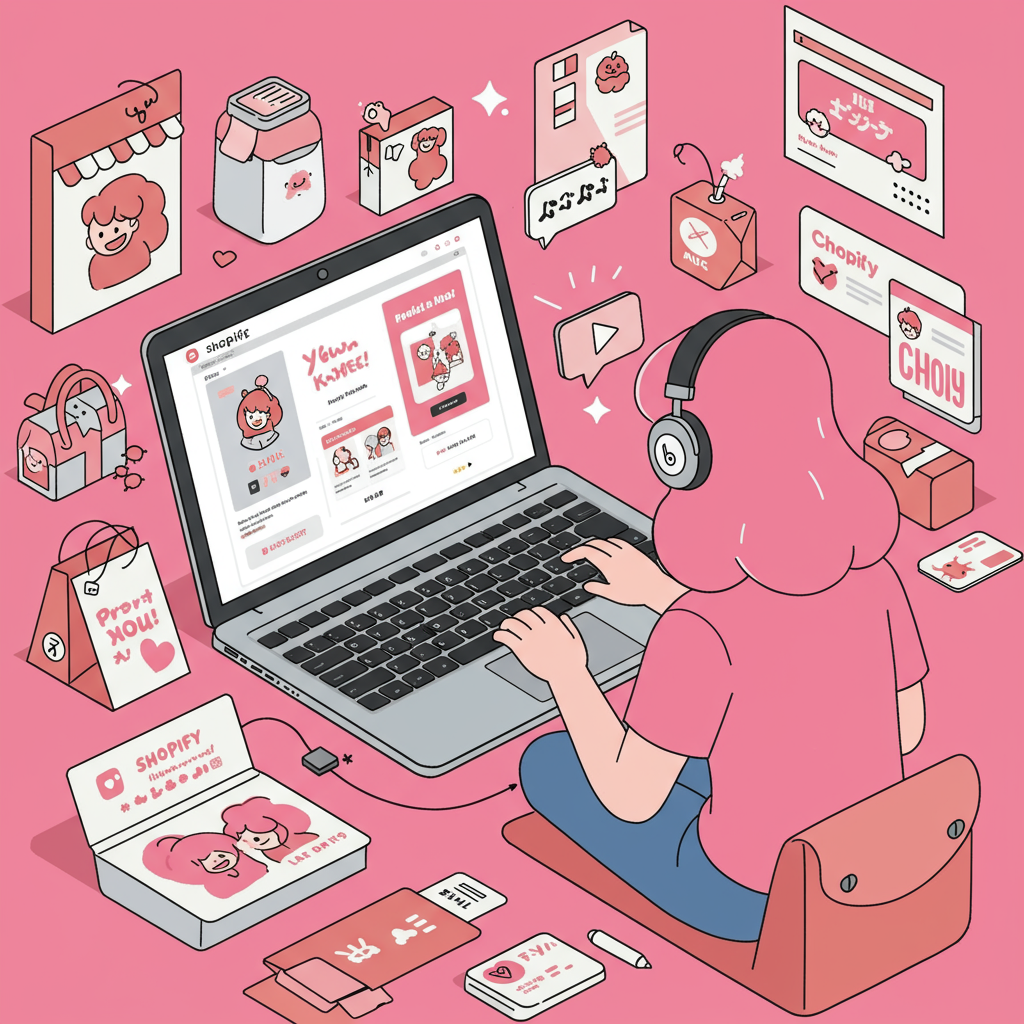Discover how authentic video content and trusted creators can transform your e-commerce sales and brand presence.
The digital landscape for e-commerce is constantly evolving, and as a Shopify store owner, I’m always looking for innovative ways to reach new customers and build brand loyalty.
One strategy that has consistently proven its worth, in my experience, is leveraging the immense power of YouTube influencers.
YouTube isn’t just a platform for entertainment; it’s a vibrant community where creators build deep trust with their audiences, making it an incredibly fertile ground for authentic product promotion.
When I consider how to best showcase products, especially visual ones, I find that video content reigns supreme.
Unlike static images or text, a YouTube video allows an influencer to demonstrate your product in action, explain its features, and share their genuine experience, which resonates far more deeply with potential buyers.
The authenticity and trust built between an influencer and their subscribers are invaluable. People often view influencers as trusted friends or experts, and their recommendations carry significant weight, far more than traditional advertisements.
This translates directly into higher conversion rates for your Shopify store, as viewers are pre-disposed to trust the product being showcased.
Furthermore, YouTube offers unparalleled targeted reach. You can find influencers who cater to incredibly specific niches, ensuring that your product is seen by an audience already interested in what you offer.
This precision targeting means less wasted ad spend and a higher likelihood of attracting qualified leads to your store.
Beyond direct sales, collaborating with YouTube influencers can significantly boost your brand awareness and even improve your store’s SEO.
Mentions of your brand and links back to your Shopify store from high-authority YouTube channels can signal to search engines that your brand is relevant and trustworthy.
So, how do we, as Shopify merchants, effectively tap into this powerful marketing channel? My first piece of advice is to focus on finding the *right* influencers.
It’s not just about subscriber count; it’s about relevance, engagement, and audience demographics. Look for creators whose content aligns perfectly with your product and target customer.
Tools like Social Blade, HypeAuditor, or even a simple YouTube search can help you identify potential partners. Pay close attention to their average views, comment sections, and overall engagement rate, not just their subscriber numbers.
Once you’ve identified a few promising candidates, the next step is reaching out. I always recommend a personalized, professional approach.
Avoid generic templates; instead, reference specific videos or content of theirs that you admire, and clearly explain why you believe your product would be a great fit for their audience.
Be clear about your proposal: are you looking for a dedicated review, an integrated mention, a giveaway, or an affiliate partnership? Each type of collaboration offers different benefits.
Dedicated product reviews, for instance, offer in-depth showcases, while integrated mentions can feel more organic and less like an advertisement. Giveaways are excellent for rapid brand awareness and list building.
When it comes to negotiation, be prepared to discuss various payment models. Some influencers prefer a flat fee, others work on a commission basis (ideal for tracking direct sales), or a hybrid model.
Offering free product in exchange for a review can work for smaller influencers, but larger channels will almost certainly expect monetary compensation. Always ensure clear deliverables and usage rights are agreed upon.
Once the agreement is in place, providing a detailed brief is crucial. I include everything from key product features to highlight, desired messaging, and any specific calls to action (e.g., ‘use code [YOURCODE] for 10% off at [YOURSTORE.com]’).
Communication throughout the campaign is key. Be responsive to their questions and open to their creative input; after all, they know their audience best.
For tracking success, I heavily rely on Shopify’s built-in analytics, unique discount codes, and UTM parameters. These tools allow me to see exactly how much traffic and sales are generated from each influencer campaign.
Measuring ROI isn’t just about immediate sales; it’s also about brand mentions, website traffic, and the overall sentiment in the comments section. Look at the long-term impact on your brand’s visibility.
Finally, remember that building long-term relationships with influencers can be incredibly beneficial. A recurring partnership can foster even greater trust and consistency for your brand.
While the potential is huge, I’ve also learned to be wary of certain pitfalls, such as influencers with fake engagement or those who don’t disclose sponsored content properly. Always do your due diligence.
In my experience, the most successful campaigns are those where the influencer genuinely loves the product and their enthusiasm shines through.
So, as a fellow Shopify merchant, I truly believe that integrating YouTube influencer marketing into your strategy can unlock significant growth for your store.
What are your thoughts on using YouTube influencers for e-commerce? Have you tried it, and what were your results?






